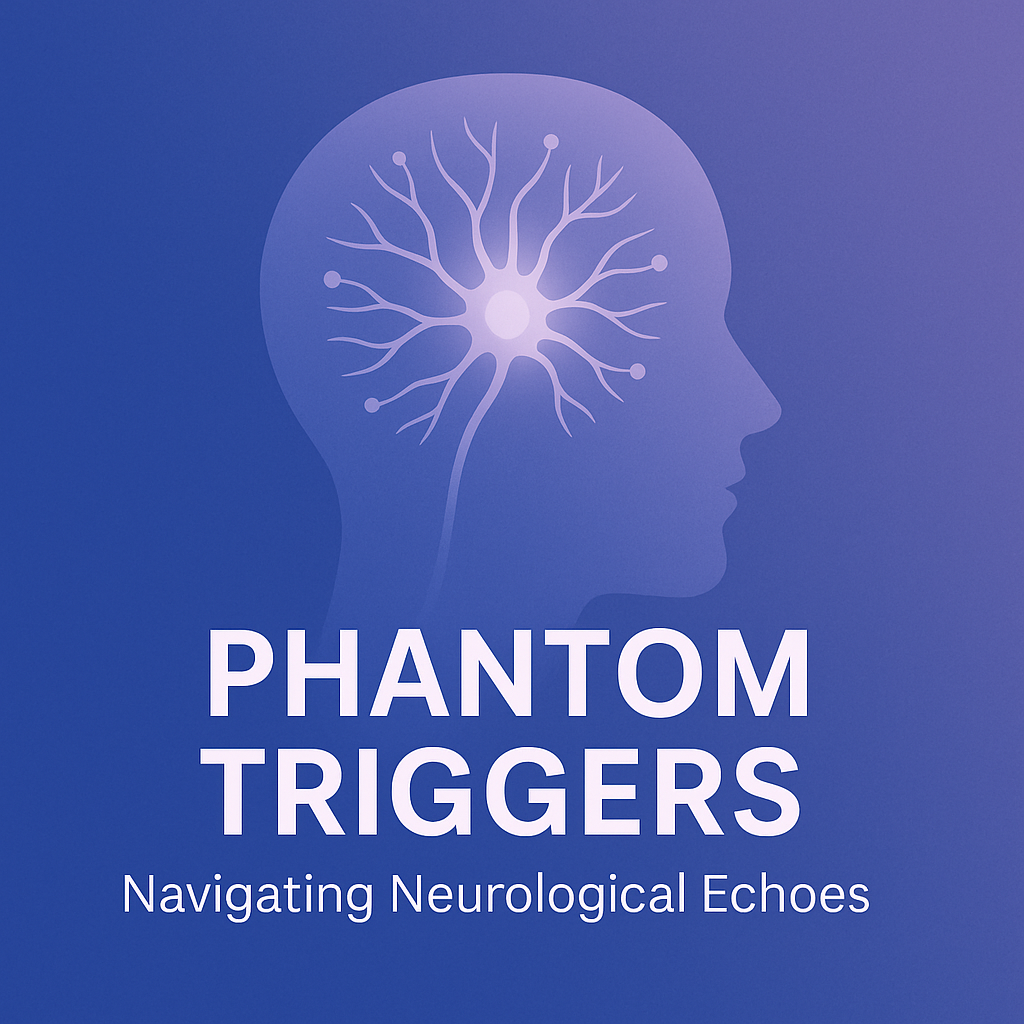
Following my recent radiofrequency ablation to address epilepsy, I began experiencing what I've come to call "phantom triggers"—unusual, lingering neurological sensations reminiscent of my pre-seizure warnings. These echoes intrigued and puzzled me, prompting a deeper exploration into their origins and significance.
Phantom triggers manifest as faint, residual sensations that mimic the onset of a seizure but never progress. It's as if my brain is still reaching out toward neural pathways that the ablation has disrupted or eliminated. These sensations range from slight tingling and transient auditory hallucinations to brief, inexplicable feelings of déjà vu.
Curious to understand why these phantom experiences persisted after ablation, I delved into neuroscientific research. Neurologists explain that when neurons are removed or disabled, the brain doesn't immediately recognize the change. Neural plasticity—the brain's remarkable ability to reorganize itself by forming new neural connections—plays a central role. As the brain attempts to reroute signals around the now-absent pathways, it inadvertently generates these phantom triggers.
Moreover, phantom sensations reflect how deeply embedded seizure patterns can become in neural networks. Over years of frequent seizures, my brain had established intricate pathways that became strongly reinforced. Abruptly disrupting these pathways through ablation leaves the brain momentarily confused, akin to muscle memory following limb amputation, resulting in phantom limb sensations.
Understanding this process has helped me approach these experiences with patience and curiosity rather than fear. While initially unsettling, phantom triggers have gradually become less frequent and intense as my brain continues to adapt and forge new connections.
This journey underscores the brain's incredible resilience and adaptability. Experiencing these phantom triggers has offered profound insights into the intricate relationship between physical brain structures and subjective experience. Rather than viewing them as mere side effects, I now see them as fascinating windows into the brain’s extraordinary capacity to adjust and heal.